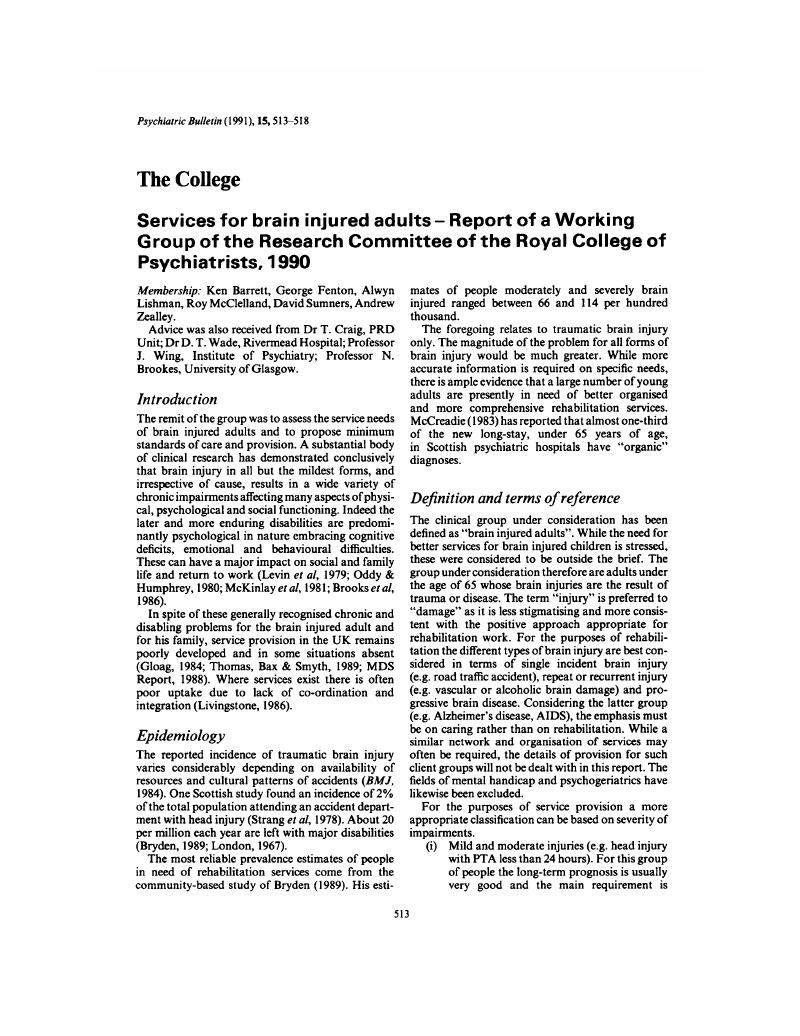Crossref Citations
This article has been cited by the following publications. This list is generated based on data provided by Crossref.
Lazaro, Fernando
Butler, Rob
and
Fleminger, Simon
2000.
In-patient neuropsychiatric brain injury rehabilitation.
Psychiatric Bulletin,
Vol. 24,
Issue. 7,
p.
264.




eLetters
No eLetters have been published for this article.